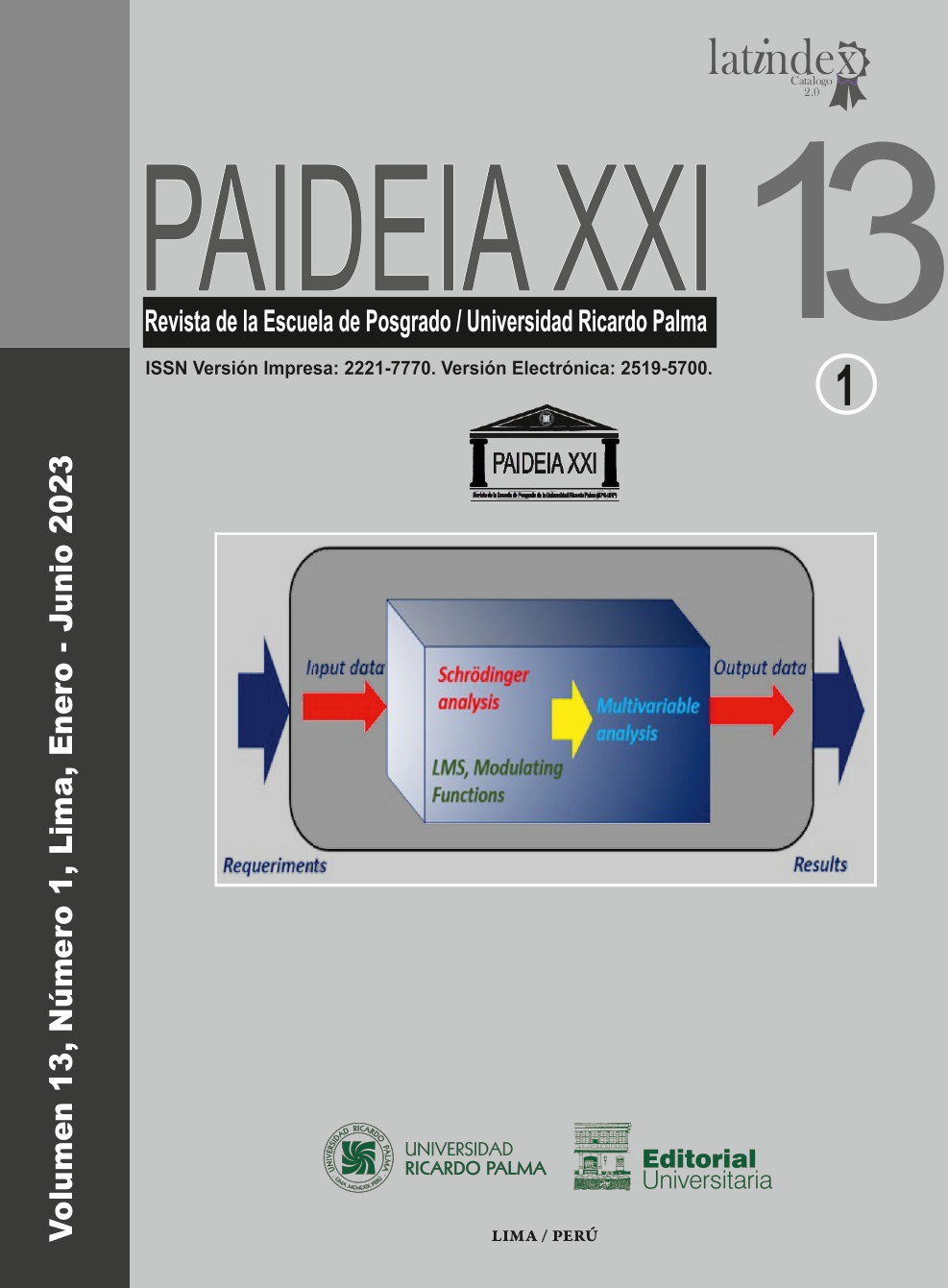Conceptualizing sustainability in the university public space: state of art
DOI:
https://doi.org/10.31381/paideia.v13i1.5693Keywords:
green areas, university public space, sustainable management, sustainable campus, public space planningAbstract
The importance of public space as a catalyst for the development of cities, and the idea of university campuses like small cities within cities, are the main premises to start this research. This leads to the concept of university campus public space as a relevant factor for a better functioning of the university, and for the benefit of its students, teachers, and staff. However, like the urban public space, the university public space in many occasions does not have comprehensive planning for the development of all its potentialities. In Peru, the Ricardo Palma University is among the top 10 universities with the largest number of green areas on its campus. However, a comprehensive treatment of the university public space is not enough to maintain the green areas. It must be understood that the university public space also includes circulation spaces as well as living spaces. The sustainability approach has served to achieve this purpose. Universities located in Japan, the United States, Arabia, Mexico, Brazil among others; they have developed policies, programs, and projects to create a sustainable environment on their campus and promote sustainable living on and off campus. For these reasons a first question arises: How to conceptualize university public spaces under a sustainable approach? Therefore, this research aims to collect theoretical information on the state of the art on university public space and sustainable planning of these areas. To achieve this objective, information from master's and doctoral theses was compiled, as well scientific journal articles. The investigation begins with the definition and importance of urban sustainability, the definition of public space, its sustainable planning; then the definition of the university, the planning of its public space and finally includes a section of general conclusions. It is important to note that there is some bias towards African and Asian research, as the most relevant and predominant researches are currently being conducted. When studying university public space, most of the researches focus on its green areas, whether they are spaces for occupation, visual landscape spaces, or wildlife conservation. It is concluded that countries such as Latin America still require a greater effort to fully implement the issue of public space planning within the framework of sustainable management for the development of a sustainable campus.












